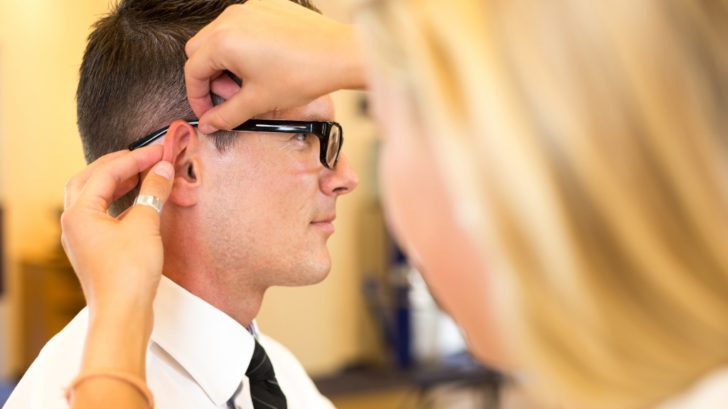Few people know it, but adolescence is the time of life when most girls and boys develop nearsightedness. Experts say that myopia is the most common issue when it comes to vision during the adolescent stage.
Myopia, or most commonly known as nearsightedness, is an eye condition where objects only become more evident once they’re up close. But at a distance, everything that a person sees becomes blurry. Some people compare it to wearing foggy glasses when looking at an object from a particular range.
1. Understanding myopia
At least 42 percent of Americans between the ages of 12 up to 54 suffer from nearsightedness. They often only experience normal vision when the objects are far away. That’s because their eyes are shorter than average, which causes the images that they view to focus on the posterior part of the retina.
Children usually develop hyperopia before they reach the age of six. But as soon as their bodies grow, their eyeball soon develops. If they need aids for the visually impaired, they can always use them for a couple of years. Myopia is considered normal throughout childhood. But then, it can become a problem once they reach adolescence. Then, it starts to stabilize once they reach young adulthood.
2. How to determine myopia

Although the signs or symptoms can vary, there are a few tell-tale signs that can help you diagnose astigmatism.
One of them is recurring headaches. A person who suffers from near-sightedness suffers from headaches frequently. They also have a constant need to rub their eyes. Most people even ten to squint their eyes every time they want to see clearly. Also, there’s an unexplained drop in the child’s grade.
The best way to tell if your teen has myopia is by going to an optometrist or an ophthalmologist. They will conduct an eye examination to see if your teen suffers from any vision problems. If they discover any issues with their sight, then experts can recommend them to wear corrective lenses.
Some students feel conscious about having glasses on, especially when they’re in public. So if ever your teen doesn’t feel like wearing them, contact lenses may be a good option. However, you need to ensure that they don’t have existing conditions that can affect them whenever they wear contacts. Severe allergic reactions such as drying of the eyes can cause their eyes to get irritated if they wear contacts.
Soft contact lenses are an excellent choice. But it will help if you let them know to clean and disinfect them every time that they take it out. Also, tell them not to wear one when their eyes are irritated.
These are only a few of the things that you need to remember if your teen has myopia. Although it’s a challenge to live with, you can always do something to help them live healthy lives. If you feel like your kid is suffering from visual impairment, it’s best to reach out to an eye specialist immediately.






